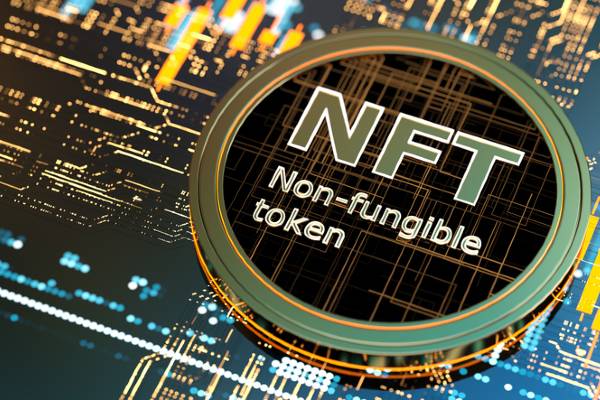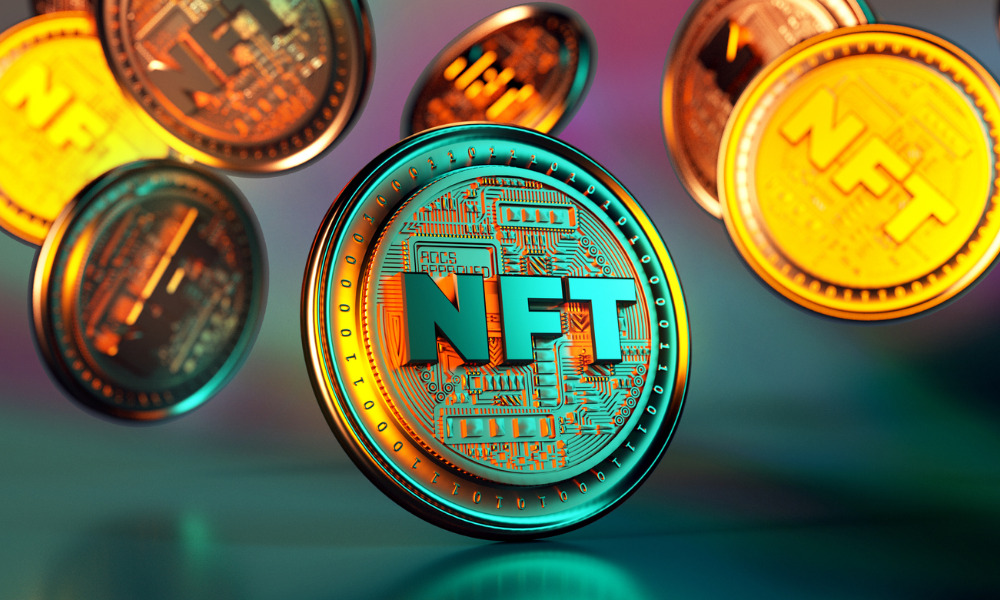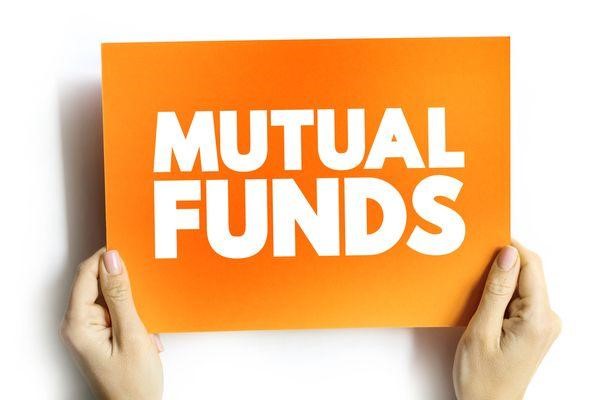The NFT represents the ownership of a specific asset, whether it’s an artwork, a collectible, or even a tweet. Unlike traditional digital files, which are easily replicated and shared, NFTs are one-of-a-kind and cannot be duplicated or divided. This uniqueness is achieved through blockchain technology, which assigns each NFT a distinct digital signature, ensuring its authenticity and ownership.
NFTs are created through a process called “minting,” where a digital file is converted into an NFT and stored on a blockchain. This process involves uploading the digital file, specifying its attributes and metadata, and paying a small fee to cover the blockchain transaction costs. Once minted, the NFT becomes a verifiable and tradeable asset, with its ownership and transaction history recorded on the blockchain.
Appeal of NFTs – Unlocking digital ownership
In a world where digital content is often easily accessible and shareable, NFTs offer a way to establish true ownership and control over digital assets. By minting an NFT, creators assert their rights and receive proper recognition and compensation for their work. The NFT presents a unique opportunity for collectors to own a piece of digital history. Whether it’s a rare digital artwork, a limited-edition virtual trading card, or a one-of-a-kind virtual item, NFTs offer a sense of exclusivity and pride of ownership. The blockchain’s transparent nature allows for easy verification of an NFT’s authenticity and ownership, providing peace of mind to collectors.
Exploring NFT marketplaces
NFTs are bought, sold, and traded on dedicated marketplaces, much like traditional art or collectables. These marketplaces serve as platforms where creators showcase their digital assets and collectors browse and purchase NFTs. Their user-friendly interface makes it easy to create wallets, connect to blockchain networks, and browse NFTs. They provide a secure and transparent environment for transactions, with smart contracts ensuring fair and efficient exchanges. Many marketplaces offer curated collections, artist profiles, and community forums to enhance the overall user experience.

Future of NFTs – Opportunities and challenges
- Mainstream adoption – As NFTs gain wider recognition and acceptance, we expect to see increased adoption across various industries. The use of NFTs could transform the way we interact with physical assets in fashion, luxury goods, sports, and the entertainment industry.
- Cross-chain compatibility – The current fragmentation of NFT marketplaces and blockchain networks can be a barrier to widespread adoption. Efforts are underway to develop interoperability solutions, allowing NFTs to be traded and transferred across different blockchain platforms. This would enhance liquidity, increase market accessibility, and unlock new opportunities for creators and collectors.
- Fractional ownership – NFTs have the potential to democratize ownership and investment, allowing individuals to own a fraction of a high-value asset. This concept, known as fractional ownership, enables a wider audience to participate in the NFT market and benefit from the appreciation of valuable digital assets.
To explore the world of NFTs and the exciting opportunities it presents, vist rexas.com for info about rexas finance. It is a leading platform dedicated to empowering individuals and businesses in the NFT space, offering a range of services and resources to navigate this exciting market.






